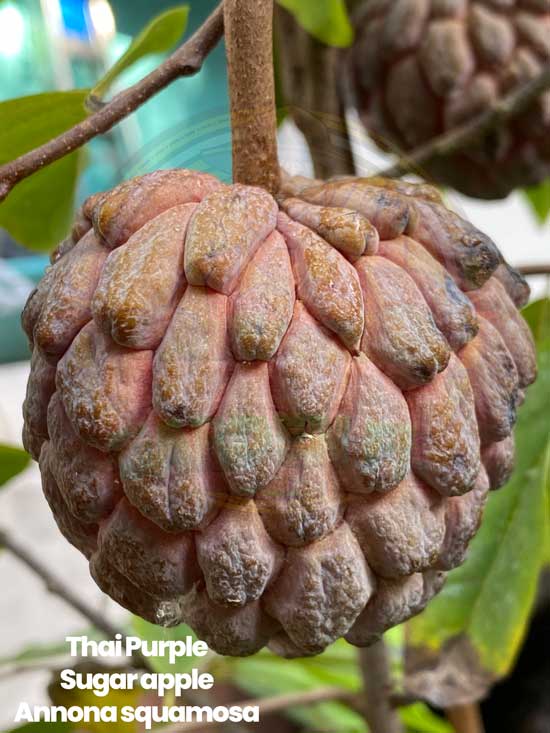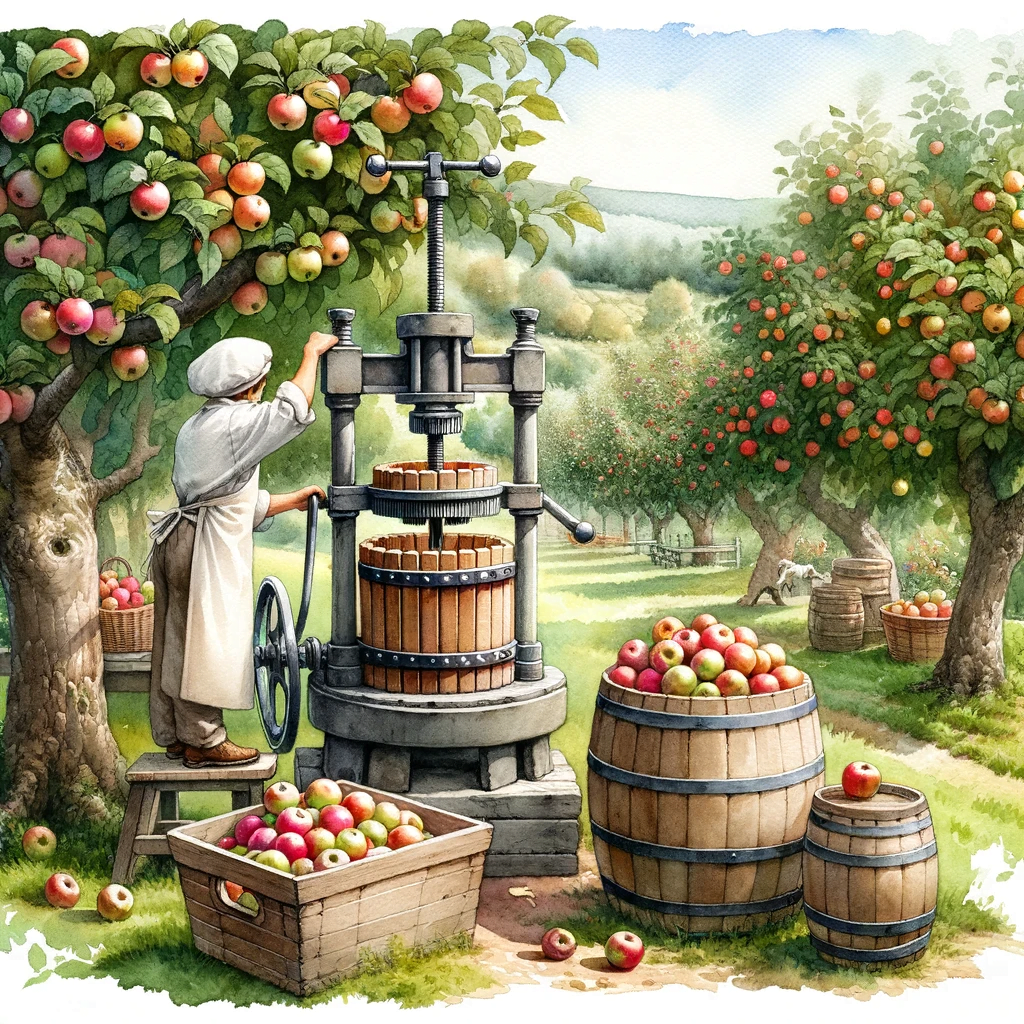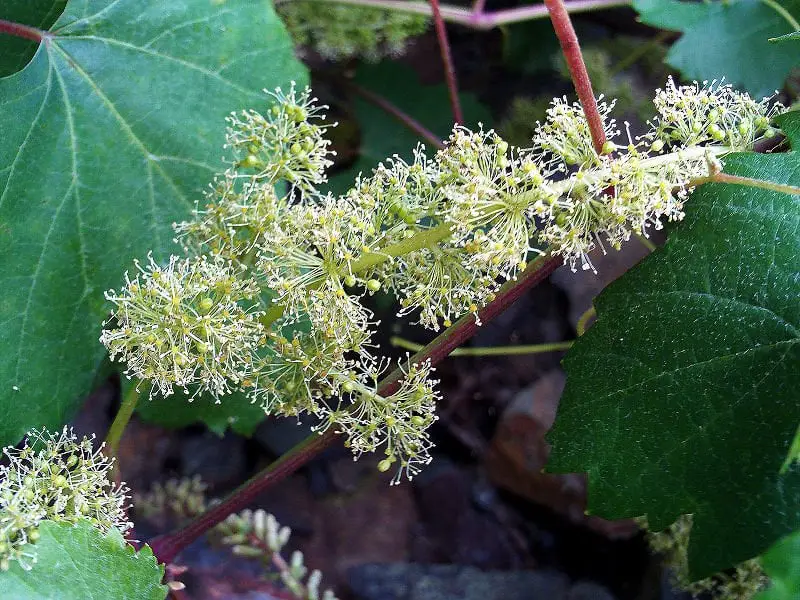If you have ever wondered about sugar apples, their name alone is enough to pique your curiosity. These tropical fruits, also known as custard apples, have a reputation for their remarkable sweetness and unique taste. But what exactly are sugar apples, and what sets them apart from other fruits? In this brief exploration, we will uncover the fascinating characteristics and flavors of sugar apples, leaving you eager to sink your teeth into these delightful treats.
What Are Sugar Apples?
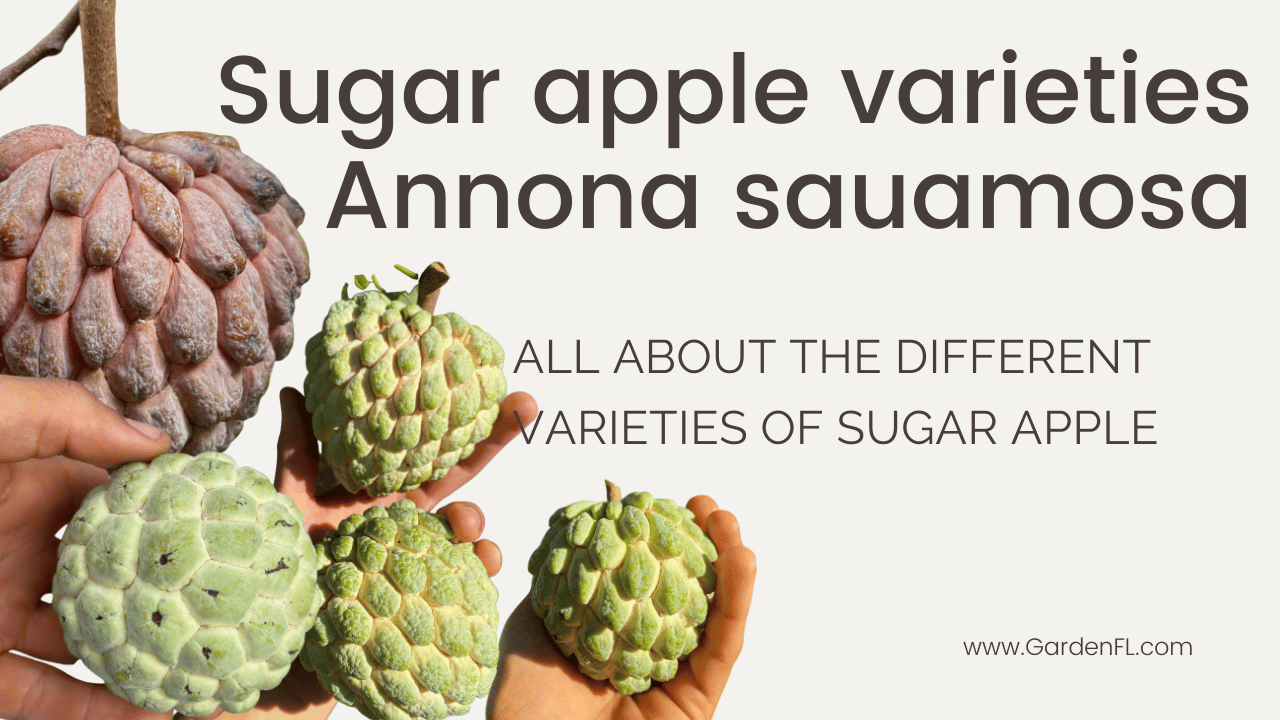
Overview of Sugar Apples
Sugar apples, also known as custard apples, are tropical fruits that belong to the Annona family. These fruits are renowned for their unique and delicious taste, often described as a blend of pineapple and banana with hints of vanilla. The sugar apple tree, scientifically known as Annona squamosa, is native to the tropical regions of the Americas and is now widely cultivated around the world due to its culinary and medicinal value.
History and Origin
Sugar apples have a rich history dating back centuries. They are believed to have originated in the northern regions of South America and the Caribbean. The fruit was highly regarded by indigenous tribes in these areas due to its sweetness and nutritional benefits. It was later introduced to other parts of the world by Spanish and Portuguese explorers during the age of discovery, eventually spreading to parts of Asia, Africa, and Australia.
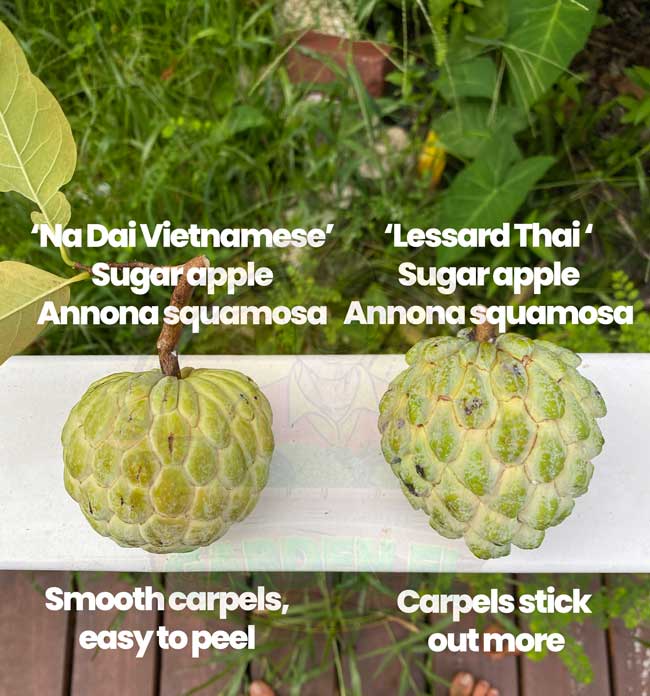
Botanical Description
Sugar apple trees are small to medium-sized evergreen plants that can reach heights of around 20 feet. They have attractive green leaves and produce vibrant flowers that range in color from yellow to pink. The fruits themselves are irregularly shaped, often resembling pine cones or artichokes. They have a scaly green skin that becomes soft and slightly wrinkled when ripe. Inside, the white or creamy flesh is divided into segments, each containing a shiny black seed. The flesh is soft and juicy, with a texture similar to custard.
Cultural Significance
Sugar apples hold great cultural significance in many tropical regions. In various traditions and folklore, these fruits are often associated with fertility, love, and romance. They have a history of being offered as gifts during courtship rituals or used as a symbol of affection between couples. In some cultures, sugar apples are also believed to possess medicinal properties, and their leaves, bark, and seeds are used in traditional remedies to treat ailments such as diarrhea, dysentery, and fever.

Nutritional Profile
Sugar apples are not only delicious but also offer a range of essential nutrients. A serving of sugar apple (100g) contains approximately 75 calories, making it a relatively low-calorie fruit. It is a good source of dietary fiber, providing about 3 grams per serving. Additionally, sugar apples are rich in vitamin C, vitamin B6, and potassium. They also contain small amounts of calcium, iron, and magnesium. Furthermore, sugar apples are known to possess antioxidant compounds, which contribute to their health benefits.
Health Benefits
The consumption of sugar apples can contribute to various aspects of health and well-being. Here are some of the potential health benefits associated with these tropical fruits:
Digestive Health
Sugar apples contain dietary fiber, which aids in promoting healthy digestion and preventing constipation. The fiber content helps regulate bowel movements and promotes the growth of beneficial gut bacteria.
Cardiovascular Health
The potassium content in sugar apples helps regulate blood pressure levels, reducing the risk of hypertension. Furthermore, the fruit’s fiber and antioxidant content may help lower bad cholesterol levels, reducing the risk of heart diseases.
Anti-inflammatory Properties
Sugar apples contain compounds with anti-inflammatory properties. These compounds may help reduce inflammation in the body, potentially alleviating symptoms of inflammatory conditions such as arthritis.
Immune System Boost
The high vitamin C content in sugar apples can strengthen the immune system, helping protect against common illnesses and infections. Vitamin C is essential for the production of white blood cells, which play a crucial role in fighting off pathogens.
Potential Anti-Cancer Effects
Sugar apples contain antioxidants, such as flavonoids and polyphenols, which have been found to possess potential anti-cancer properties. These compounds help neutralize harmful free radicals in the body, reducing the risk of cell damage and the development of certain types of cancer.
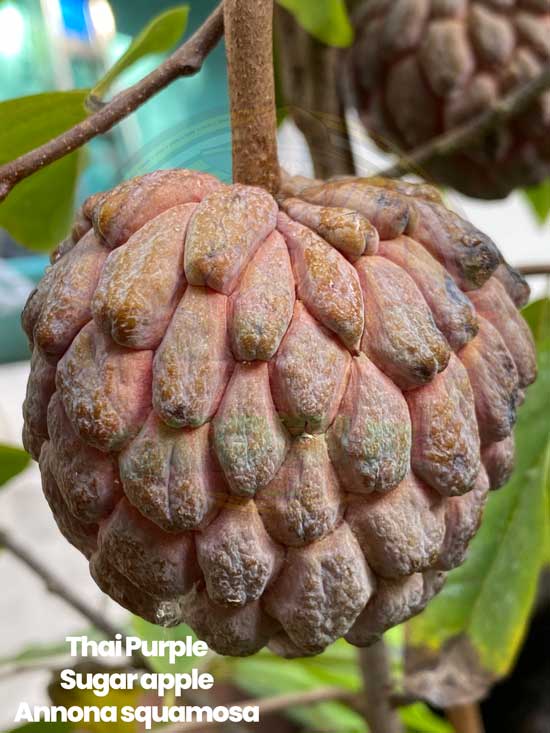
Culinary Uses
Sugar apples are incredibly versatile and can be enjoyed in various culinary creations. Here are some popular ways to incorporate these fruits into your meals:
Fresh Consumption
The simplest way to enjoy sugar apples is to eat them fresh and raw. Simply cut the fruit in half and use a spoon to scoop out the flesh. The sweet, custard-like texture is a delight to savor.
Smoothies and Shakes
Sugar apples can be blended into delightful smoothies or milkshakes. Combine the flesh of one sugar apple with your choice of milk, yogurt, and sweeteners for a refreshing and nutritious beverage.
Desserts and Baked Goods
The creamy texture and sweet flavor of sugar apples lend themselves well to desserts and baked goods. Use them in custards, pies, tarts, ice creams, and other sweet treats for a tropical twist.
Traditional and Ethnic Dishes
In many countries, sugar apples are used in traditional and ethnic dishes. They can be added to curries, chutneys, and salads, bringing their unique flavor to savory recipes.
Common Varieties
Sugar apples belong to the Annona family, which includes several different species. Here are a few common varieties:
Annona squamosa (Custard Apple)
The Annona squamosa, or custard apple, is the most commonly cultivated species of sugar apple. It is known for its scaly green skin, creamy flesh, and delicious taste.
Annona reticulata (Bullock’s Heart)
Annona reticulata, also known as bullock’s heart, is another species of sugar apple. It is named after its heart-shaped appearance and has a sweet and aromatic flavor.
Annona cherimola (Cherimoya)
While not specifically referred to as sugar apples, the Annona cherimola, or cherimoya, is closely related and often considered as part of the sugar apple family. It has a smooth, green skin and a creamy, custard-like flesh with a unique flavor profile.

Growing and Harvesting
Sugar apple trees thrive in warm, tropical climates with abundant sunshine and well-drained soil. They prefer areas with a mild winter and are susceptible to frost damage. The trees require regular watering, and proper pruning can promote healthy growth and fruit production. Sugar apples are typically harvested when the fruits are fully ripe, as they do not continue to ripen once picked. The fruit should be gently twisted or cut from the tree to avoid damaging the delicate skin and flesh.
Interesting Facts
Largest Sugar Apple
The largest sugar apple on record was grown in the Philippines and weighed a massive 7.4 pounds. This remarkable fruit was showcased in the Guinness World Records and captivated people around the globe.
Popular in Traditional Medicine
In various traditional medical systems, sugar apples and their different parts are utilized for various therapeutic purposes. The leaves, bark, and seeds are used to create herbal remedies to address ailments such as diarrhea, dysentery, and fever.
Association with Love and Romance
Sugar apples have long been associated with love and romance in many cultures. They have been used as tokens of affection and exchanged between lovers as a symbol of their adoration.
In conclusion, sugar apples are a delightful tropical fruit with a rich history, cultural significance, and a range of health benefits. These unique fruits can be enjoyed fresh or incorporated into various culinary creations. Whether you savor them for their delicious taste or for their potential health-promoting properties, sugar apples undoubtedly offer a sweet and satisfying experience. So why not indulge in this tropical treat and explore the sweetness of sugar apples today?
